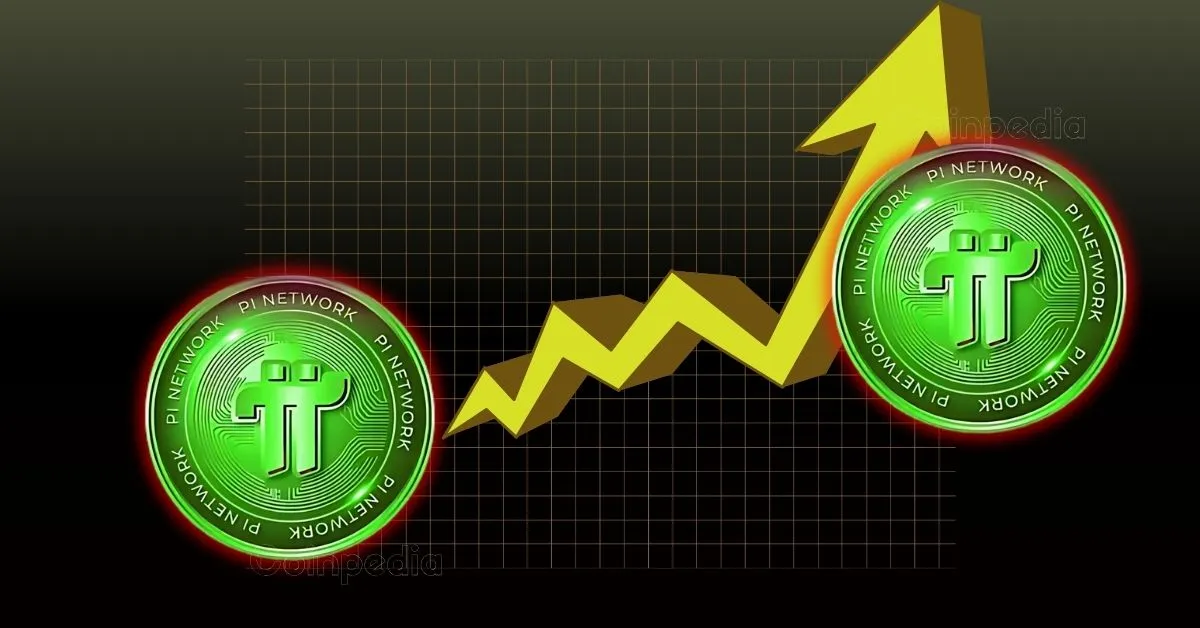Introduction
The cryptocurrency landscape is ever-evolving, with new projects constantly emerging to challenge the status quo. Among these, the Pi Network has garnered significant attention, particularly due to its stringent Know-Your-Business (KYB) requirements and the contentious listing on the OKX exchange. This analysis explores the intricacies of the Pi Network’s journey, its unique approach to compliance, and the broader implications for the crypto community.
The Path to Mainstream Adoption
The Pi Network’s trajectory towards mainstream acceptance has been anything but smooth. The network has achieved a notable milestone by verifying 10 million users, a move that highlights its dedication to regulatory compliance and user security. This achievement, however, has also ignited debates and concerns, particularly around the KYC verification process. The network’s insistence on rigorous verification standards aims to create a secure and regulated environment, but it has also led to delays and controversies.
KYB Requirements: A Double-Edged Sword
One of the Pi Network’s most distinctive features is its insistence on KYB standards for exchanges and businesses. This approach is designed to foster a secure and regulated trading environment. However, it has also led to controversies and delays. Only a few exchanges, including OKX, Bitget, and Gate.io, have successfully completed Pi Network’s KYB verification. This selectivity raises questions about the network’s exclusivity and the potential barriers it may create for smaller or less compliant exchanges.
The KYB requirements serve as a double-edged sword. On one hand, they ensure that only reliable and compliant platforms can list Pi, thereby safeguarding the interests of investors and fostering a secure trading environment. On the other hand, this stringent approach limits the number of exchanges that can participate, potentially creating a monopoly and stifling competition. This exclusivity could hinder the network’s growth and accessibility, particularly for smaller players in the market.
The OKX Listing: A Game Changer or a Red Flag?
The listing of Pi Network on OKX has been a contentious issue. While it marks a significant step towards mainstream adoption, it has also raised eyebrows about the legitimacy and transparency of the network. Critics argue that Pi Network’s prolonged delays and lack of transparent communication have already raised multiple red flags. The OKX listing has added fuel to this controversy, with industry watchers pointing out the potential risks associated with listing a token that has not yet launched its fully functional mainnet.
The OKX listing is a double-edged sword. It provides the Pi Network with a platform to reach a broader audience and gain credibility. However, it also exposes the network to scrutiny and potential backlash. The lack of transparency and prolonged delays have already raised concerns, and the OKX listing could either validate the network’s legitimacy or exacerbate these concerns.
The Impact on the Crypto Community
The Pi Network’s approach to compliance and regulation has significant implications for the broader crypto community. On one hand, it sets a high standard for security and transparency, which could pave the way for more regulated and sustainable digital currencies. On the other hand, it raises questions about accessibility and inclusivity, particularly for smaller players in the market.
The network’s insistence on KYB standards could set a precedent for other cryptocurrencies, leading to a more regulated and secure trading environment. However, it could also create barriers for smaller exchanges and businesses, limiting their ability to participate in the market. This exclusivity could stifle innovation and competition, ultimately harming the crypto community.
The Role of Exchanges in Pi Network’s Ecosystem
Exchanges play a crucial role in the Pi Network’s ecosystem, acting as gatekeepers and facilitators of trading activities. The network’s insistence on KYB verification ensures that only reliable and compliant platforms can list Pi, thereby safeguarding the interests of investors and fostering a secure trading environment. However, this approach also limits the number of exchanges that can participate, potentially creating a monopoly and stifling competition.
The role of exchanges in the Pi Network’s ecosystem is pivotal. They act as intermediaries between the network and its users, facilitating trading activities and ensuring compliance with KYB standards. However, the network’s exclusivity could limit the number of exchanges that can participate, creating a monopoly and stifling competition. This could ultimately harm the network and the broader crypto community.
The Future of Pi Network
As the Pi Network continues to evolve, it faces both opportunities and challenges. The network’s commitment to compliance and regulation positions it as a well-structured and sustainable digital currency. However, it must also address the controversies and concerns surrounding its listing on OKX and its KYC verification process. The network’s success will depend on its ability to balance security and accessibility, fostering a regulated yet inclusive ecosystem.
The future of the Pi Network hinges on its ability to navigate these challenges and emerge as a sustainable and trusted digital currency. The network must strike a balance between security and accessibility, fostering a regulated yet inclusive ecosystem that benefits all stakeholders. This will require transparent communication, a commitment to compliance, and a willingness to address the concerns of the broader crypto community.
Conclusion: A Balancing Act
The Pi Network’s journey towards mainstream adoption is a testament to the complexities and challenges of the cryptocurrency world. Its insistence on KYB standards and regulatory compliance sets a high bar for security and transparency. However, it also raises questions about accessibility and inclusivity. As the network continues to evolve, it must strike a balance between these competing priorities, fostering a regulated yet inclusive ecosystem that benefits all stakeholders. The future of the Pi Network hinges on its ability to navigate these challenges and emerge as a sustainable and trusted digital currency. This balancing act will determine the network’s success and its impact on the broader crypto community.

